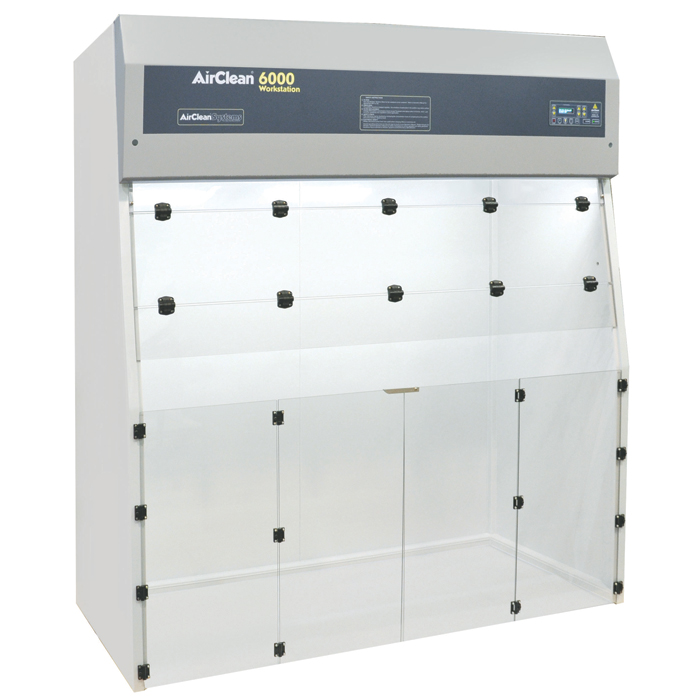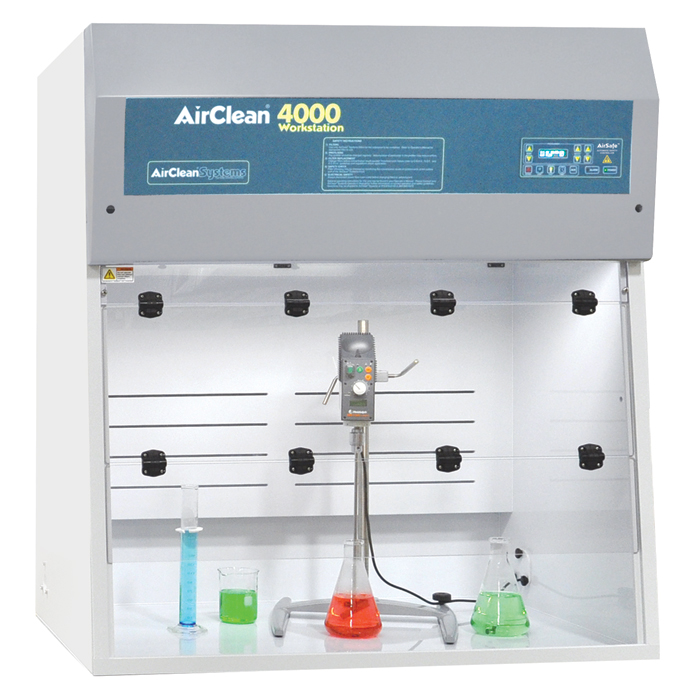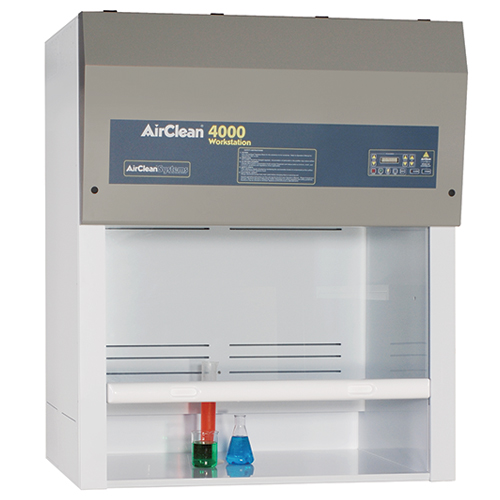
Spraying Applications and Safety
There are hundreds of spray products on the market from hair products and cooking spray to cleaning and pesticide products. Spray applications can be incredibly useful for providing thin coats or covering large surface areas. With their versatility, it’s no surprise that new spray products are hitting the market seemingly every day. Development of new spray products requires that the products be the correct viscosity to facilitate spraying and must use a compatible spray or aerosol mechanism. Products such as household cleaners, often use a small manual pump in the spray head that is controlled by a trigger. In contrast, many aerosols like pesticides, spray paints, and adhesives use aerosol propellants to expel particles from a pressurized can. Propellants maintain the pressure within the can, even when little product remains. While chlorofluorocarbons were initially used as propellants, their use was discontinued in the United States in the late 1970s following discoveries that chlorofluorocarbons damage the ozone layer. Today, aerosol cans use alternative propellants such as butane, isobutane, propane, carbon dioxide, or nitrous oxide.
One of the most common products to be placed in an aerosol can is spray paint. Spray painting gives products a thin, even coat of paint to make a product look more finished or aesthetically pleasing and provide a layer of protection for the product’s surface. Similar results can be achieved using paint sprayers, which use an electric pump rather than aerosol propellants. While spray painting may be one of the more traditional spray applications, the use of spray methods in manufacturing goes far beyond painting. Printed circuit boards (PCB) are sprayed with a conformal coating to protect them from corrosion and arching, provide structural support, and protect the joints where components are soldered together. Spray adhesives are also common in manufacturing procedures to prevent the use of excess adhesive, cover a large surface area, and/or allow for quick drying times. The production of oriented strand board, which has largely replaced plywood in home construction, adheres wood flakes together using spray adhesives. Following coating with adhesive or resin, the wood flakes are placed into a rigid plate, referred to as a cauls plate. The flakes are pressed together using a heated press to adhere the flakes into a rigid sheet. Other engineered lumber products such as plywood and particle board use similar methods.
The use of spray paints, adhesives, and conformal coatings provide many benefits for manufacturing, painting, and refurbishing processes. However, these products are also hazardous. Both spray paints and adhesives commonly contain volatile organic compounds (VOCs) such as acetone, xylene, and toluene. Exposure to any of these chemicals can cause damage to the eyes, throat, lungs, brain, liver, and kidneys, especially when the exposure is severe or prolonged. Aerosolization of these chemicals by spraying greatly increases the chance for exposure and inhalation. In addition to the health hazards, many spray paints and adhesives are flammable. The build up of flammable fumes presents a fire and safety risk. The development of new spray technologies and propellants presents a unique situation when it comes to spray product safety because operators developing products are likely to be repeatedly exposed to large amounts of spray products. In this environment, even working with products typically considered low risk can result in a hazardous situation. For example, hair spray is a flammable spray product. However, normal consumer use is generally considered safe, as long as it is stored properly and not used near an open flame or other ignition source. However, development and testing of hair spray products likely requires the release of far more flammable hairspray fumes than normal consumer use. These flammable fumes can build up in the air increasing the risk for ignition. Development of other traditionally “low risk” spray products presents similar safety or health issues.
To protect from spray aerosols, operators complete spraying operations within a ventilated enclosure, often referred to as a spray booth. The term spray booth can refer to a variety of enclosures with different sizes and designs. Some operators may choose to “DIY” their own spray booth. However, there is great risk associated with these “DIY” booths because are usually not equipped with the necessary safety measures and may not be properly designed. Commercial options are usually equipped with safety features and are designed and manufactured to meet certain specifications to keep operators and others in the area safe. In the case of smaller scale applications, a ductless hood can be used as a spray booth to provide a safe environment for spraying operations. To protect from aerosols and fumes, operators should use a ductless hood with a horizontal laminar flow that pulls air from near the operator, across the work surface, and up to the top of the hood. The hood should be fitted with the appropriate high efficiency particulate air (HEPA) and carbon filters to capture vapors and aerosols prior to air exhaust. The enclosed nature of ductless hoods provides also helps to contain sprayed products for easier clean up.


